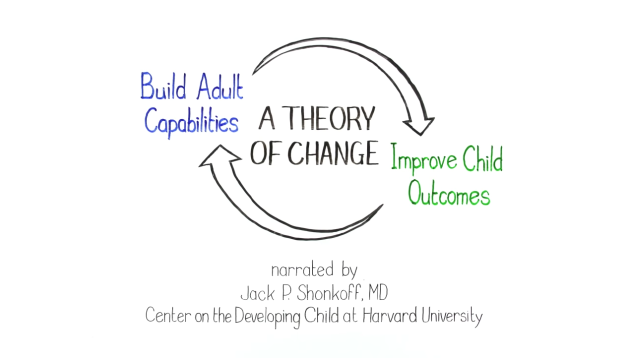The Impact of Quality Initiatives
The following resources and tools can help inform policy decisions.
QRISs Are Widely Used
- Participation in QRISs has increased by 15,424% since QCC was initiated.
- More than 426,623 children were being served by QCC participating sites in (FY) 2018-18.
Resource: FY 2018-2019 QCC Common Data File
QRIS Data Are Reliable
A recent study of California’s Race to the Top – Early Learning Challenge grant shows California’s quality improvement ratings relate to each other and align with independent observations of quality.
Preliminary findings on the validity of the QRIS ratings include:
- QCC measures important aspects of quality.
- QCC quality elements are not redundant; each element measures a distinct aspect of program quality.
- Evidence indicates that ratings capture meaningful differences in quality; higher-rated programs were found to be of higher quality on some, but not all, independent measures of observed quality.
QRIS Initiatives Are Sweeping the Nation
The first quality initiative began operating in 1997. Since then, more and more states have been adopting statewide quality improvement initiatives like QCC.
- As of fall 2017, 42 states and districts had at least one quality improvement initiative, including QRISs.
- Since fall 2017, 43 out of 44 quality initiatives across the nation included information on quality improvement and recognition of the mission and goals of a QRIS.
Resources: Quality Compendium, QRIS Mission and Goals
The Effect of Quality on Cost
The basic cost of operating an early childhood center or home is defined by basic child care regulations.
To help state and territory policymakers understand the costs associated with high-quality early care and education, the Office of Child Care’s National Center on Child Care Quality Improvement developed the Provider Cost of Quality Calculator.
Resource: Provider Cost of Quality Calculator
Educating Families Makes Impacts on Students
Grace’s Path to Success is an infographic developed by the Data Quality Campaign. It shows what can be achieved when students and their families have data throughout their journey. It also shows the steps state leaders can take to help make this happen in their communities.
Resource: Grace’s Path to Success
Building Adult Capabilities to Improve Child Outcomes: A Theory of Change
How are our policies strengthening communities’ abilities to reduce sources of ‘toxic stress’ [upon young children] and caregivers’ abilities to provide what kids need? The development of our human capital is our future. The development of a productive workforce is our future. The development of a healthy population is our future. This kind of future orientation is critical for a healthy society. It’s critical for a thriving business. It’s critical for successful environments and relationships to raise children.

